Why are grain and cereal flakes and porridge good for us?
Helen knows that any porridge – and indeed any dish – made from its dry mixes will be filling, tasty and good for you.
Helen’s grain and cereal flakes contain lots of carbohydrates, which give you energy. They also contain essential fibre that you can only find in plants and that aids in proper digestion; betaglycans, which help keep your cholesterol level under control; copper and potassium, which support your nervous and immune systems; iron and magnesium, which help ward off tiredness; calcium, manganese and phosphorus, which keep your teeth and bones in good condition; and vitamins B1, B2, B3 and B5, which help keep you looking good and feeling great throughout your life.

Helen Helde dry mixes
The products in the Helen Helde range were developed in cooperation with scientists from BioCC OÜ and the University of Tartu. They represent the first scientifically proven range of porridges in Estonia.
The products in the range have been produced to be as rich in protein and fibre as possible and to contain just the right amount of vitamins and minerals you need. We have combined the unbeatable characteristics of oats, oat bran, barley and buckwheat with other ingredients that give the porridges a range of beneficial properties. It is also worth noting that no synthetic flavours have been added to any of the products in the range.
The various ingredients in the products bring their own special benefits: the porridge with seeds and carrot is high in iron and vitamin B5; the porridge with pumpkin seeds and jerky has plenty of vitamin B1 and copper; the porridge with cranberry, coconut and apple boasts manganese and copper; and the porridge with apple and blackcurrant has magnesium and phosphorus. Naturally, all of the porridges come with the beneficial nutrients contained in the flakes they use as well, one of which – betaglycan – is particularly noteworthy for helping to maintain normal cholesterol levels.
The Helde range also includes key macronutrients: generous quantities of protein, small amounts of fat (the majority of which are useful polyunsaturated fatty acids) and plenty of carbohydrates. No one should be put off by the carbohydrate content of the porridges, since the high fibre content means the carbohydrates are absorbed slowly, helping to avoid major fluctuations in blood sugar levels.
Helde’s mixtures are perfect for breakfast however you use them. Before we eat in the morning our bodies are forced to use the glycogen in the liver to maintain our blood sugar level. Carbohydrates help to boost our blood sugar and restore the glycogen supply in our liver. And although we only tend to eat porridge for breakfast, it is a great idea for lunch, too. The high fibre content will leave you feeling full for quite a while, while the slowly absorbed carbohydrates are good for both mental and physical work.
Since grain and cereal flakes are diverse in terms of what they comprise, it is a good idea to eat them every day. In order to obtain the amount of nutrients marked on the packaging that is available from Helde’s dry mixes, whatever you use them for you should make sure you have at least 50 g of flakes.
What are helen dry mixes made from?
All Helen dry mixes are made from high-quality, carefully checked raw ingredients. We work with reliable grain-growers who do what they do from the heart. But as the saying goes, trust people, but check that they are worthy of it. That way we keep an eye on things as well, from the moment the seeds are sown through to the delivery of the cereals and grains.
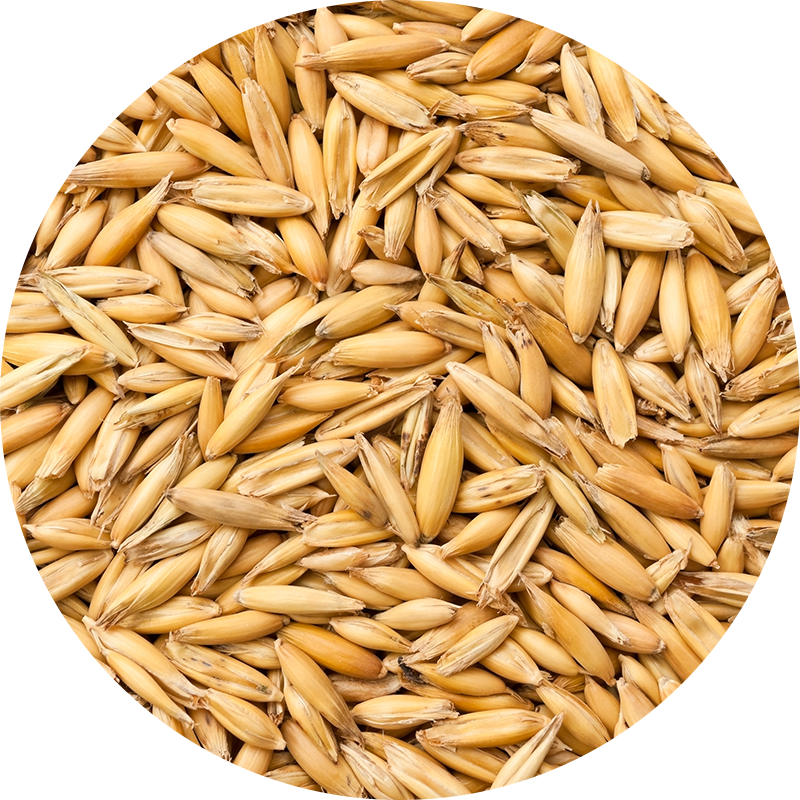
Oats
Compared to other cereals and grains, oats have a higher protein content and a large amount of essential amino acids. They also contain substantial amounts of potassium, magnesium and iron compounds, antioxidants and vitamin B1. Oat flakes are high in fibre, the most important of which is oat betaglycan, which has been scientifically proven to lower cholesterol levels.
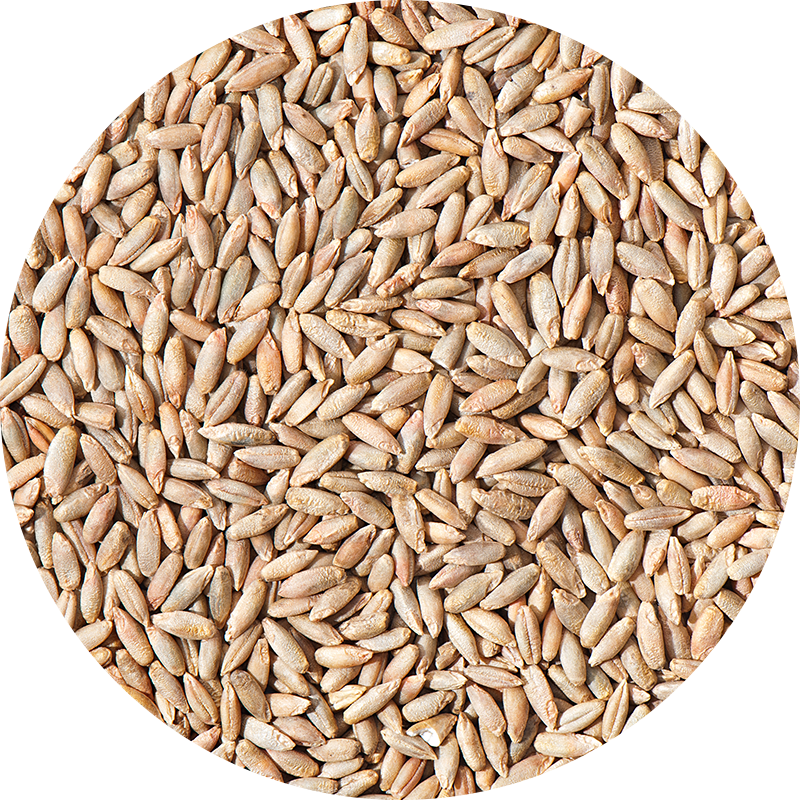
Rye
Rye is rich in fibre, which keeps your digestive system functioning as it should and your blood sugar level under control while also reducing cholesterol. It also contains potassium, magnesium, phosphorus, iron and B-group vitamins, the latter of which are needed to keep the metabolism and nervous system in good working order.
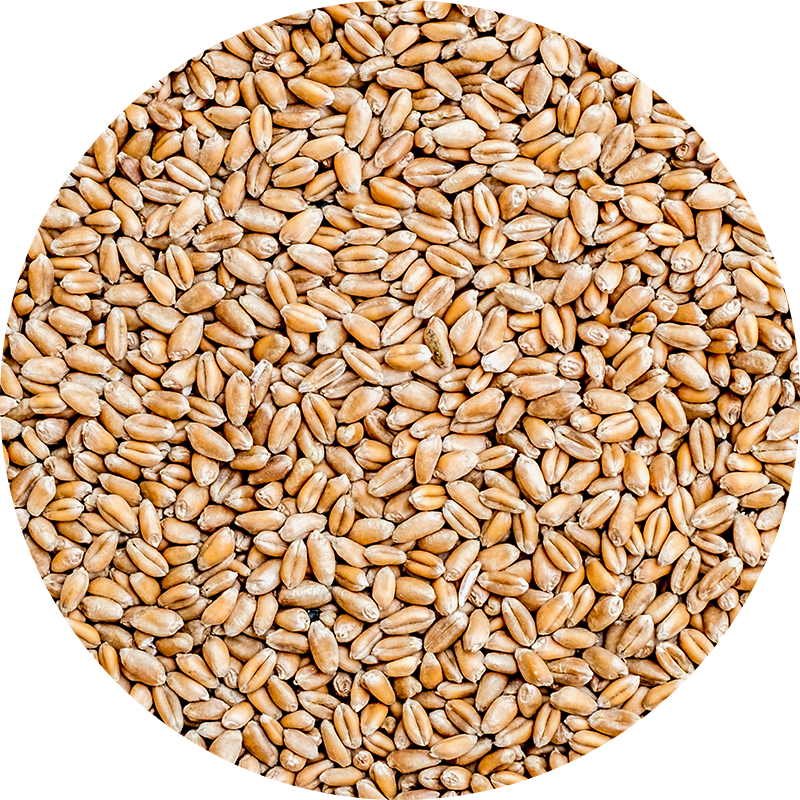
Wheat
Wheat is high in protein and also has a decent amount of magnesium, potassium, phosphorus and vitamin B3.
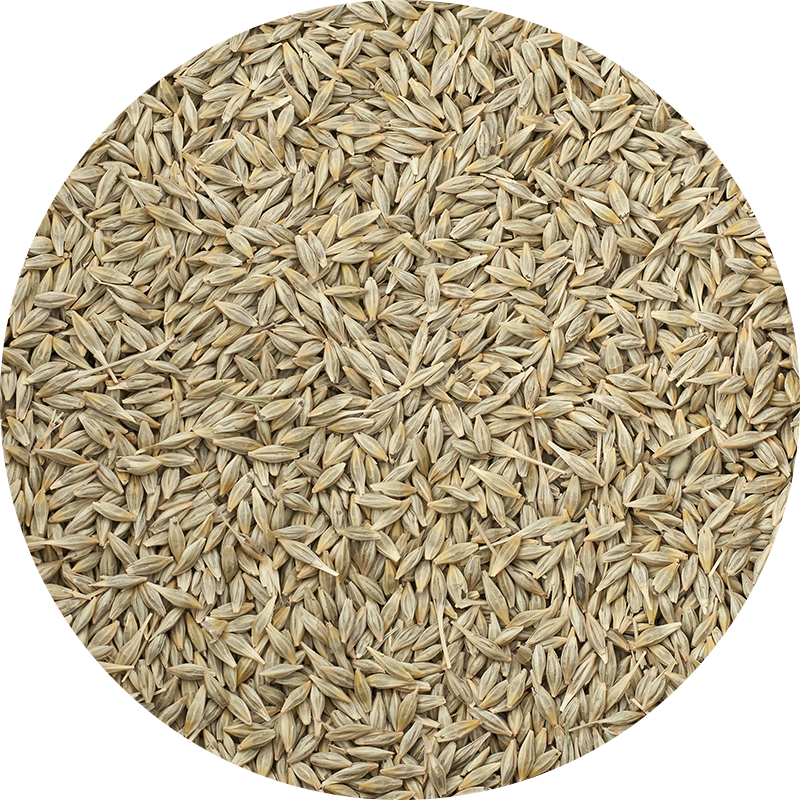
Barley
Barley provides the body with silicon. It helps keep your bones, blood vessels, cartilage, tendons, skin, connective tissue and eyes in good order – in other words, all the parts of your body that require a certain elasticity. It contains potassium, calcium, phosphorus and iron as well as a large amount of fibre.
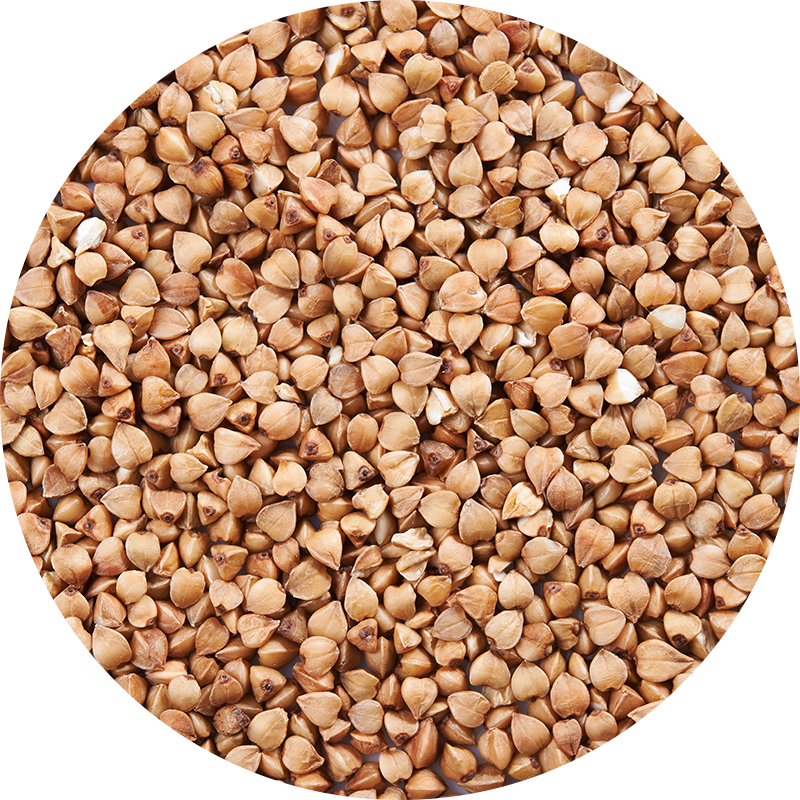
Buckwheat
Buckwheat is full of surprises. Many consider it a grain, but in fact it is in the same family as rhubarb and sorrel, and what we call the buckwheat grain is actually a nut. It is high in fibre and protein, including eight essential amino acids. It contains lots of potassium, phosphorus, magnesium, silicon, calcium, iron and zinc. It also has antioxidants that are needed by the body and contains no gluten.
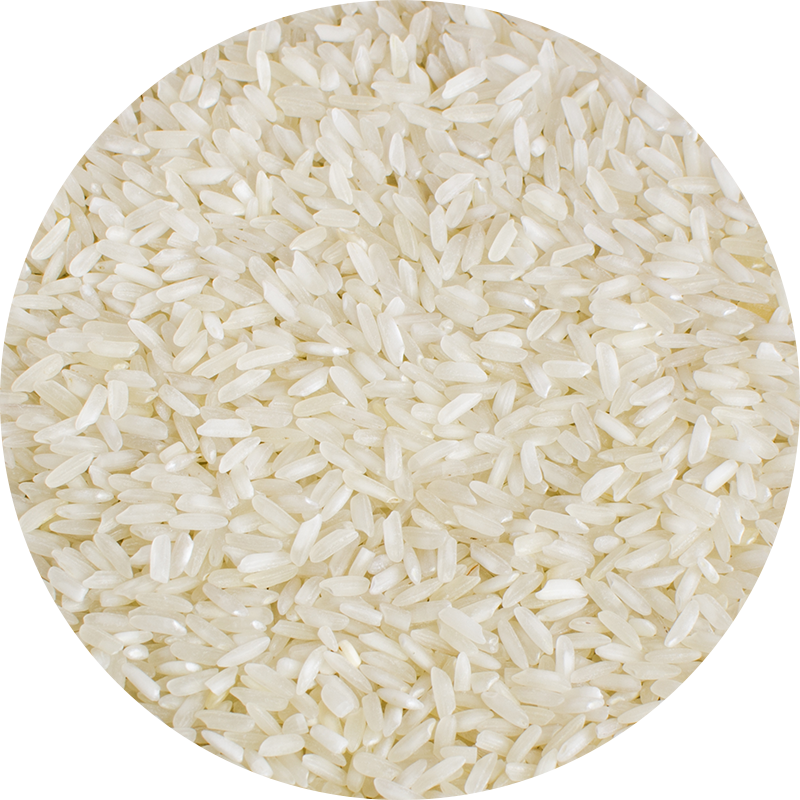
Rice
Rice is the most extensively consumed staple food item in the world. It is rich in plant proteins, B-group vitamins and minerals that are needed by the body. It is also gluten-free.
Where do we get our raw ingredients from?
Just as cedars and palm trees don’t grow in Estonia naturally (sad but true), neither do buckwheat or rice – so these we import from other countries where they are grown with great care.
Our own wonderful country provides us with some exceptional grains and cereals of its own, however: rye, oats, wheat and barley to rival the best in the world.
